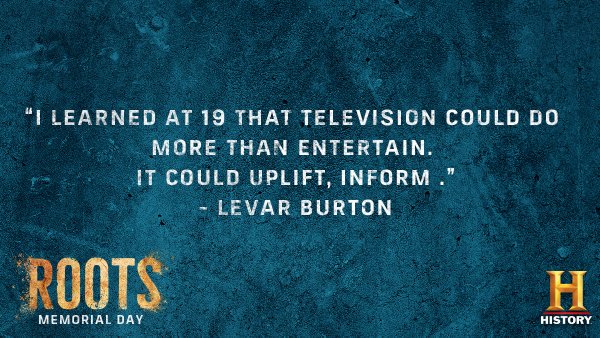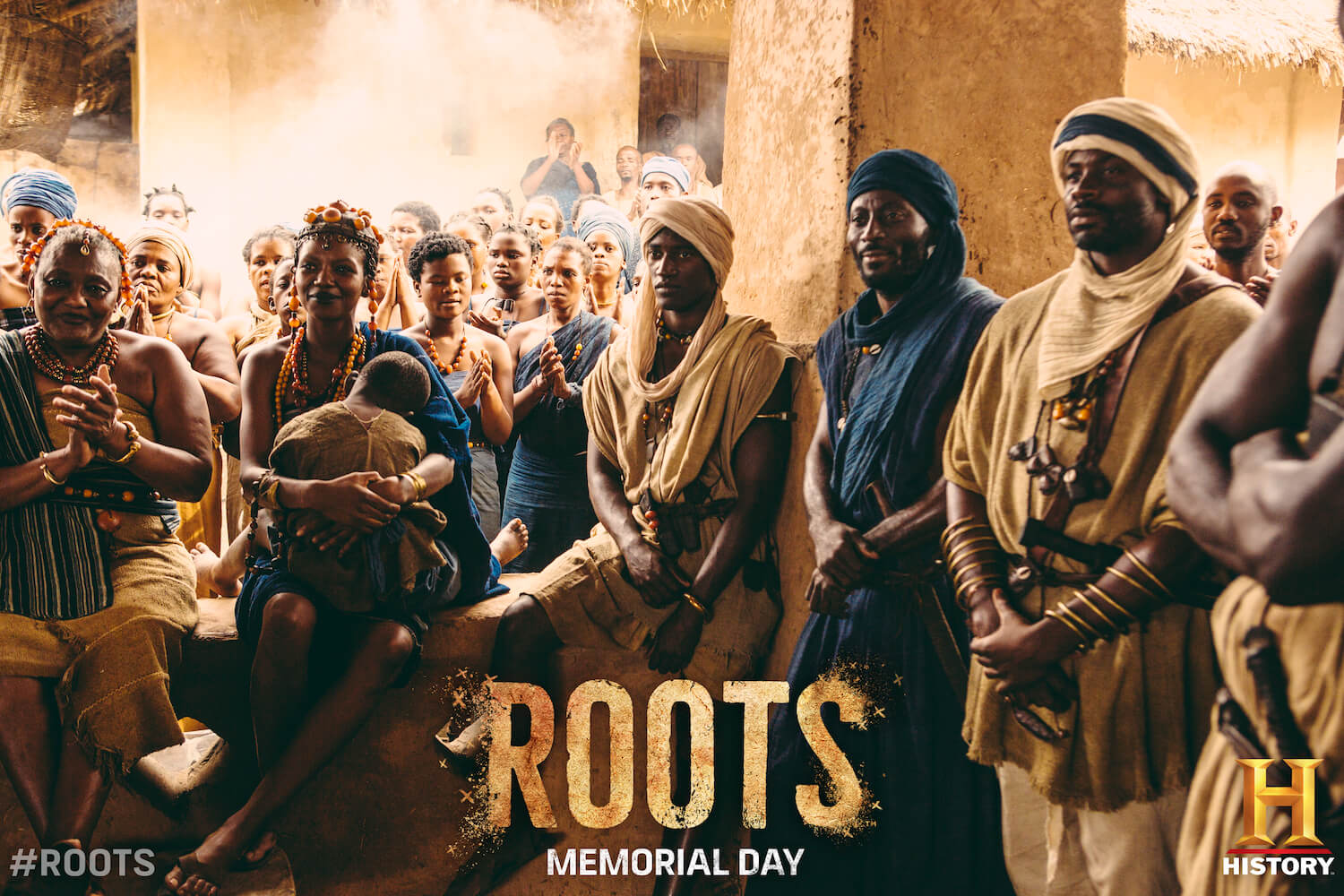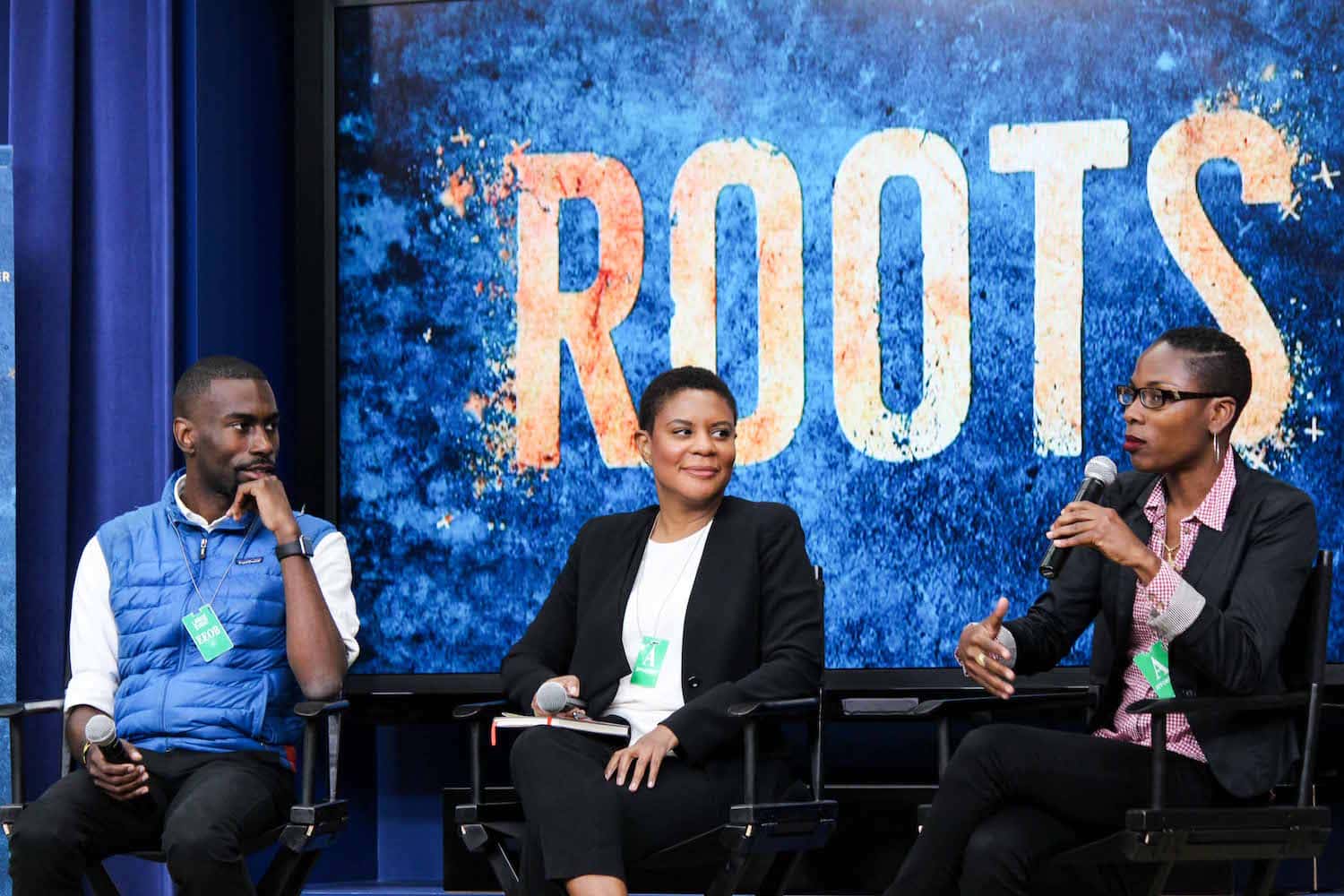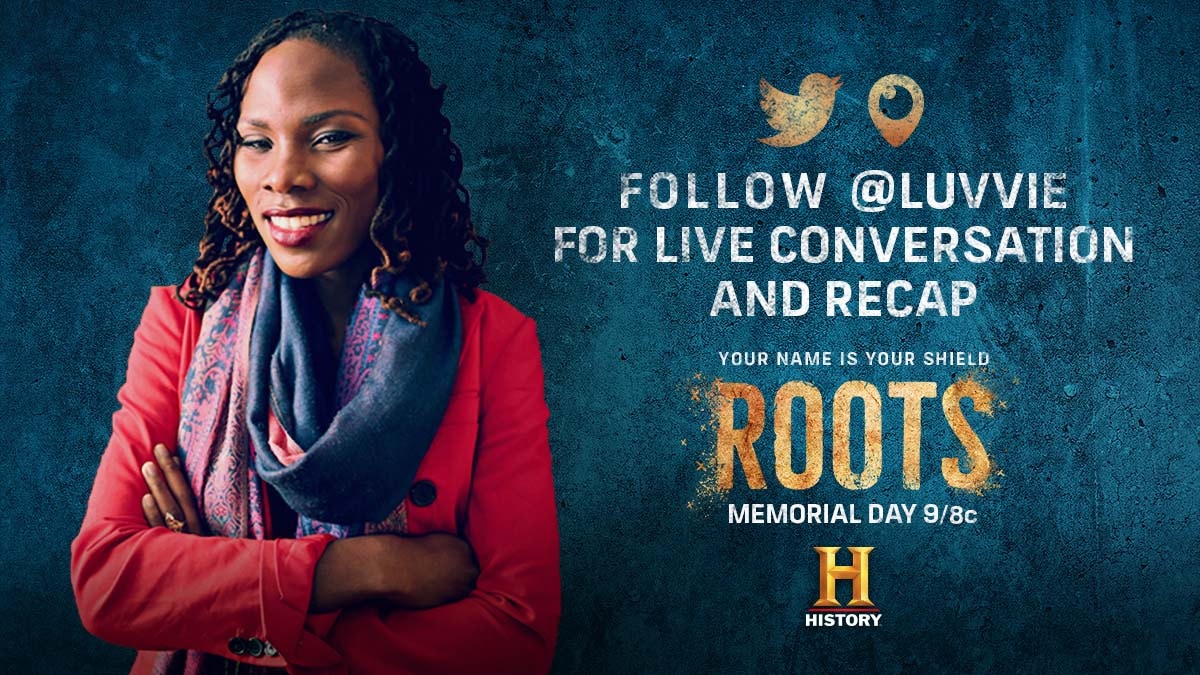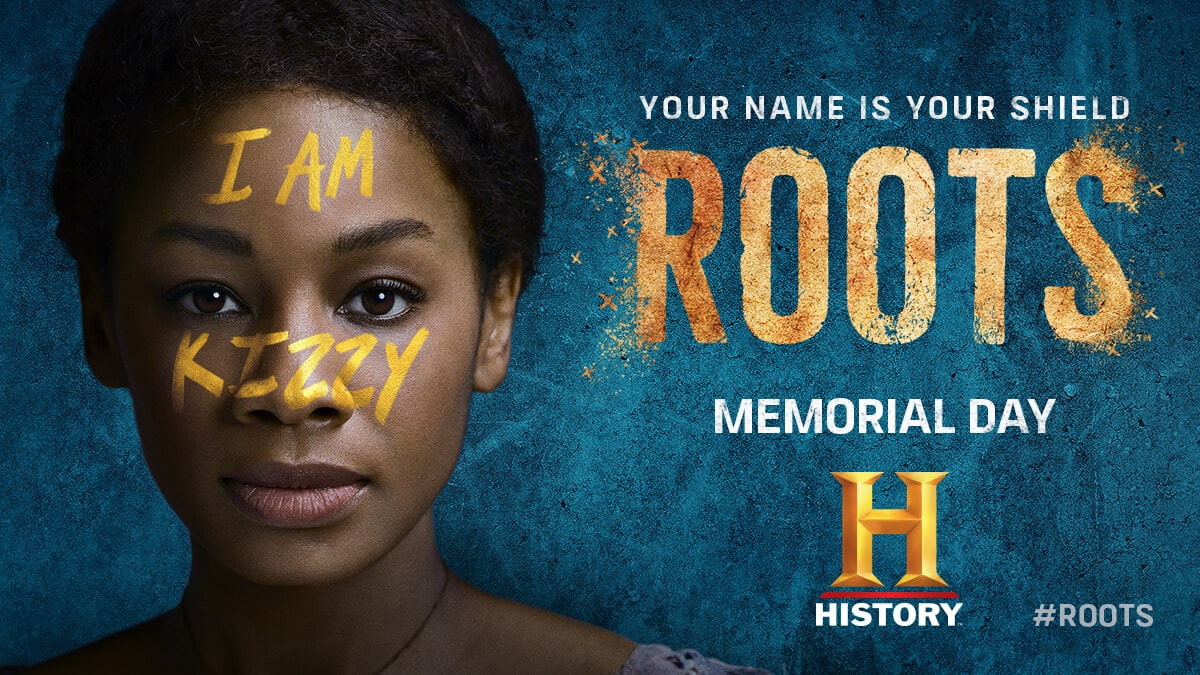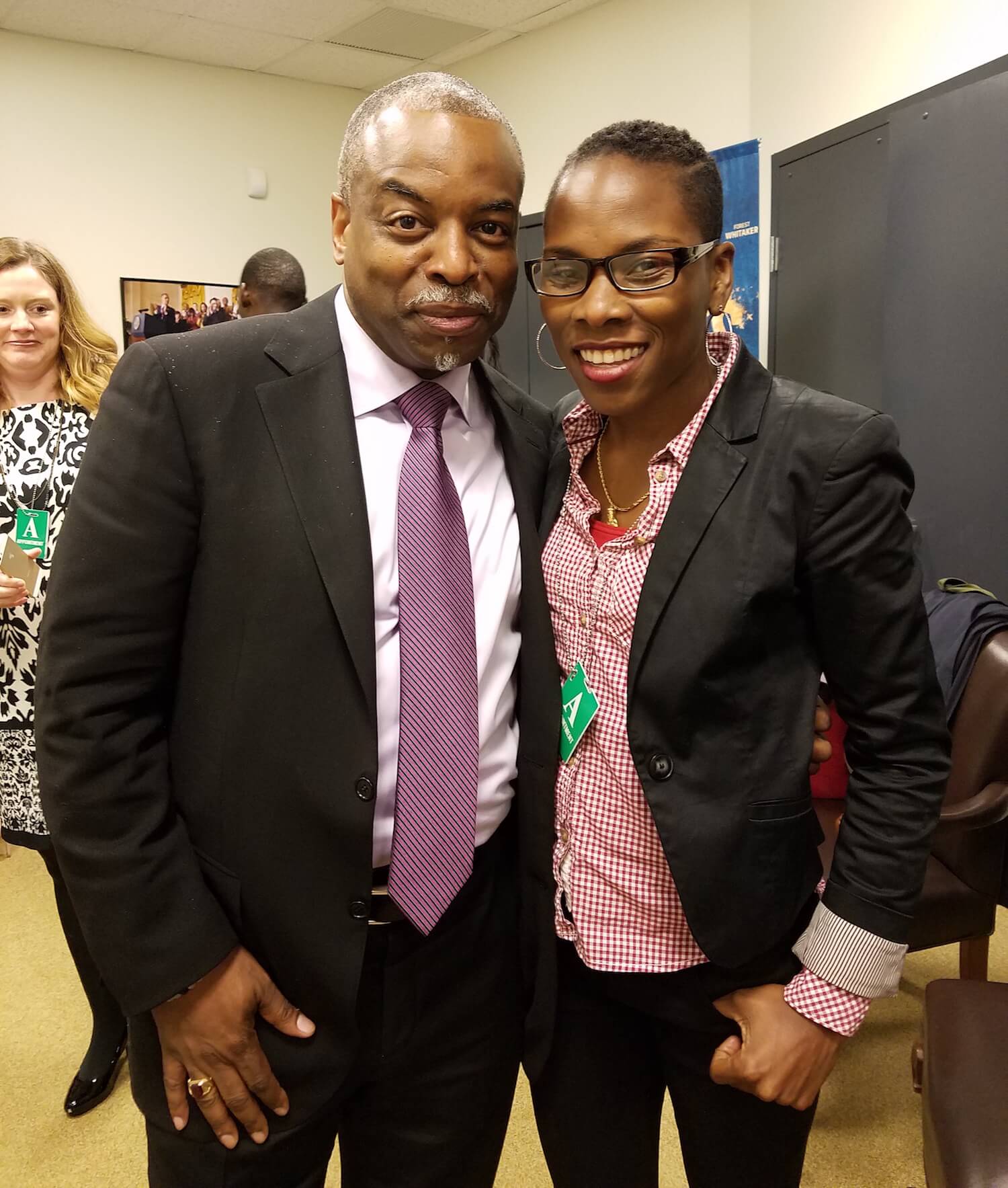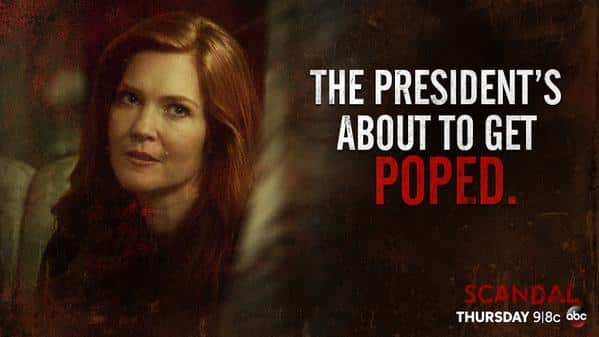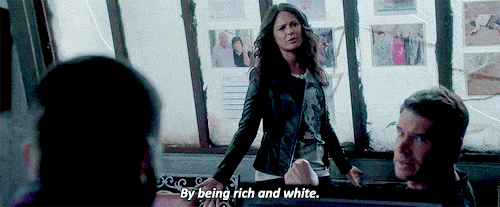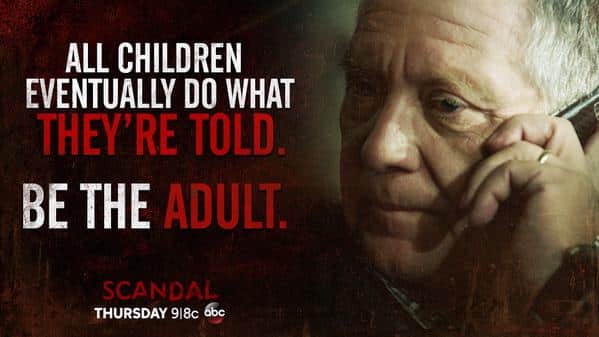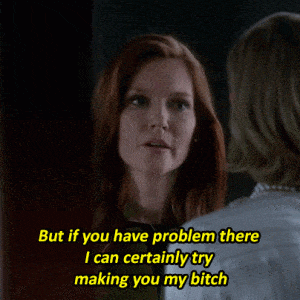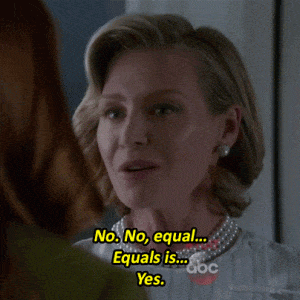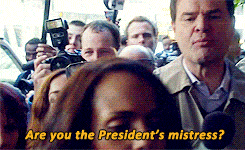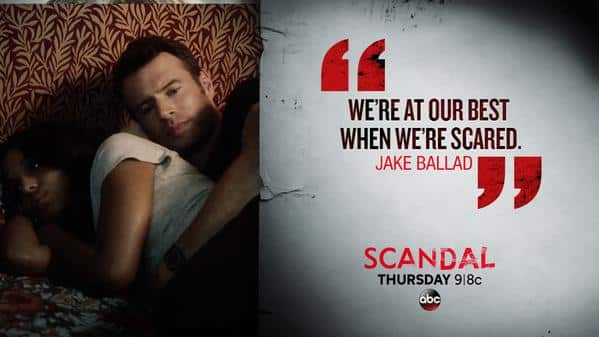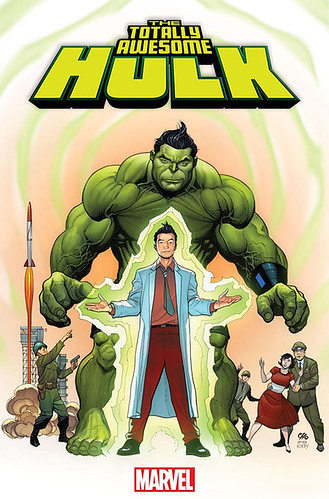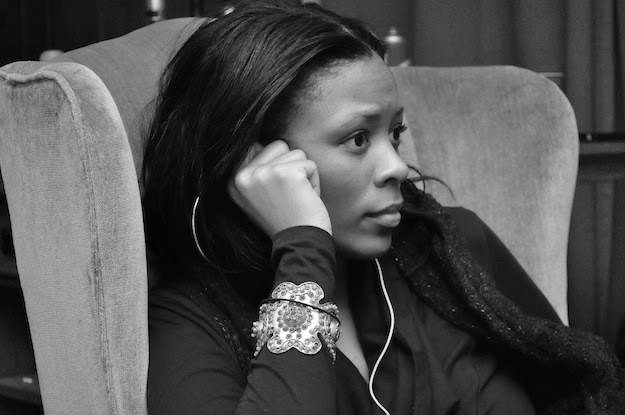Just days after Bresha Meadows killed her father, her mother, Brandi,
appeared on a Fox affiliate in Cleveland, Ohio. “She is my hero,” she said sobbing. “I wasn’t strong enough to get out and she helped us all.”
According to multiple reports, including a petition for a protective order filed by Brandi in 2011, Bresha's father, Jonathan, physically and verbally abused his family.
Brandi described her suffering in detail. “In the 17 years of our marriage, he has cut me, broke my ribs, fingers, the blood vessels in my hand, my mouth, blackened my eyes. I believe my nose was broken,” she wrote.
She went on to express concern for the safety of her children. “If he finds us, I am 100 percent sure he will kill me and the children … My life is like living in a box he created for me, and if I stepped out of that box, he’s there to put me back in that box.”
The couple reunited and lived together until Bresha, now 15, couldn't take anymore. She has been jailed since July awaiting trial for murder.
Bresha's case has attracted the attention of activists and organizers, and for the past week, they've organized a week of action.
For Harriet spoke to organizer
Mariame Kaba about the efforts to bring attention to the case.
This interview has been edited for clarity and length
I am interested in how you first became acquainted with the case of Bresha Meadows.
Sure. I learned about it, actually, through my friend, Kelly, who's a fellow organizer. Kelly is based out of Chicago. She sent the article to a group of us who have been doing work around supporting criminalized survivors of violence. This was back in early August of last year, and she said "this sounds like a really terrible case, and I'm wondering if this young girl has any good legal support. Is this something we might want to support?"
We basically got a small group of people together and started asking about what was happening locally and getting some more information about her case. From there, we formed a Free Bresha defense campaign.
Have you been in contact with her family? In the stuff that I've read about the case, there seems to be a split in the extended family, right?Yes. The campaign has been in contact with Bresha's mother, Brandi Meadows, and, of course, her mother's supportive. We have, through her mother, connected with her aunt, Martina Latessa. So, yes, we're connected to the side of the family that's been supportive of Bresha. I think even the father's side of the family, who's been less supportive, has been talking about the fact that what they want to see for their niece is that she gets "help" for what they see as a mental health issue, which led to the situation.
Even though they have been saying publicly that their brother was not abusive, they still don't want any draconian action against their niece.
Could you describe the kind of conditions that Bresha is being held in right now?She's being held at the Trumbull County Juvenile Detention Center in Warren, Ohio. Well, it's not actually in Warren, but it's close to Warren, which is where she's originally from. The juvenile detention center would be like most juvenile detention centers around the country. They are basically jails--holding places before young people are adjudicated for the crimes they're being accused of.
Most of those places are very spare places with very few programs and little to no real mental health support for the young people there. They're jails. I think a lot of times people think about juvenile jails and juvenile detention as mini getaways, or maybe some form of more lenient spaces. They're jails, so you're deprived of your freedom. I think that's most important.
It's very, very strict as to who can come and visit you, [and] how often you can get visits. You can't wear your own clothes, obviously, so you're wearing a uniform. It's deprivation, so she's been under suicide watch several times as she's been held in jail. That's to be expected. She was traumatized before she went in, and she remains traumatized as she's there.
She had a brief 30-day placement for evaluation at an outside mental health facility that her family had to pay for out-of-pocket. So we helped raise money so that they could actually afford it because they can't.
While she was at that particular mental health facility for a 30-day evaluation, she was doing much better in the sense that she got to see her family a lot more. She finally got to see her siblings after she hadn't been able to see them for six months when she was at the jail. They returned her a couple of weeks ago back to the Trumbull County Detention Center from that mental health base, so she's back in the area that was causing her so much anxiety and trauma in the first place again, after having a brief respite from that.
Bresha is 15 years old. There's a lot of talk right now about Kalief Browder and the kinds of traumas that he endured when he was at jailed at Riker's Island. I'm wondering about the concerns that you have, about not only Bresha Meadows, but children, generally, being jailed.Yes, well you know one of the things that I think people don't pay enough attention to is the notion that jail makes people worse, right? Whatever it is that you had when you were going in is exacerbated when you're in those kinds of spaces. So, if Kalief had any sort of mental health issues before he went into jail, that was just exacerbated. If he didn't have any mental health issues, then he would by the time he left jail, right?
So those places are actually places that are very, very traumatic, incredibly violent spaces, for the most part. It's there for punishment, even though the fact is you're there waiting for trial. So it's punishing you prior to even having your case adjudicated. That should make everybody incensed and enraged.
I spend a lot of my time, most of the work that I do with my organization, Project Nia, is focused on addressing and ending youth incarceration of all sorts. We really understand that all empirical evidence suggests that locking children up is a bad thing. There's not a study that says "this is good." You can't find one, so we should stop doing it.
In the case of Bresha in particular, when you are a victim of domestic violence, and you end up in these kinds of circumstances, it's incredibly retriggering and re-traumatizing. In the case of girls, particularly, who find themselves in the system, overwhelmingly they come from families where family violence existed. 84% of the time. They come from situations where they were, themselves, sexually violated and abused. When you go into jail, whatever sexual abuse experience you had is heightened in jail, where you have to strip search and you have to change in front of a lot of other people. In some cases, you're actually attacked by staff members.
A lot of the research that has been done over the years suggests that guards are the people who actually sexually traumatize girls and young women when they're locked up. So, that's not a good place to be, and we really need to abolish pre-trial detention and abolish youth incarceration altogether.
The pushback you get from people who don't understand the idea of prison abolition, is "well what do you do with people who commit crimes? What do you do with people who might be a danger to society? Even children." If we eliminate pre-trial incarceration, what do we replace it with?For me, the question is not "what do we replace a bad thing with?" My point is always that you get rid of the bad thing, no matter what it is. Then you work on creating alternatives to actually achieve what it is, that you're trying to do.
For me as an abolitionist, I don't believe in punishment as being something that actually addresses the issues or the root cause of the issues that we're trying to address. As Angela Davis has said many times, prisons and jails are meant to disappear people and also disappear problems.
What I always say to folks is, most people in the world who are locked up are not,"rapists and murderers." So, if you want to start there, start with freeing all the people who aren't those things. You would decarcerate a whole bunch of people, and that would be a good thing.
Then, I think as an abolitionist, I always talk about the fact that abolition isn't advocating the opening of the doors of every prison and jail and just letting people out. Abolition is about making sure that we are addressing the conditions that make it necessary for us to have those hell-holes in the first place. If you work on those kinds of things, we'll be living in a different kind of world. We'll have different questions, and we'll address what to do with people who cause harm under a different context that will maybe be a non-punitive one and that will allow us to think about how we deal with that stuff.
So my answer is always, I'm not going to really engage in that, "what do we do with the bad people?" question. Because that's actually a question that needs a collective response that we build together. But, for me, it's not even about that.
I would certainly say that if in the case of people like Bresha, they don't deserve to be in jail, period. So, that's not even a question.
I'm wondering if feel like Bresha being a teenage black girl has any influence or impact on the kind of mobilization that has occurred around her case? That's a great question. I saw many years ago an article or a post that said "somebody got ... A woman was killed and no one showed up" or something like that, to commemorate that loss.
Somebody else wrote a piece that said "actually, that's super offensive." The idea that no one showed up is actually a complete misreading of what happened. There were people there, and the fact that you don't acknowledge that is actually a form of erasure that should be avoided, right?
So, I actually think that in the case of Bresha, Black lives matter when we make them matter. So, I just believe in the importance of stressing that for black women and girls. It's always been other black women and girls mostly who have stepped up to support, push, make sure that they're seen and understood and not made invisible, and that continues to be the case.
We have a very multiracial group of people who have come together to press, but it's women of color dominated. That's just always been the case.
Now, I think we've done a pretty good job of making sure that her story stays in the press and in the media, and people have been surprisingly open to holding teachings in their communities and donating money. The family has raised over $100,000 for Bresha's expenses and other things. We have raised several thousand dollars for the mother when she lost her job, in order to tide them over over the holidays. So people have been pretty receptive, and I think the truth of the matter is, the Say Her Name mobilizations and Black Lives Matter, and other mobilizations and organizing that has happened over the last few years has paved the road to get people paying more attention to the lives of Black girls and young women, at least on the public side.
So that's a long way of saying, that, yes, I think Black girls and women don't get as much focus on our fight and the issues that we face. That's just true. At the same time, I'm seeing some change around that, and I'm seeing that in the case of Bresha, and I saw that happening with Marissa Alexander, a case that I was also involved in.
So yeah, that's what I would say.
You and your organization are organizing a week of mobilization around Bresha Meadow's case. Could you talk a little bit more about that.Yeah, we've had two previous weeks of action. One in April around a hearing, and then one in January around a hearing, and this is the third week of action that's happening this month in April, starting Monday the 10th, going through the 17th. Initially, we were coinciding it with her next hearing date, which was supposed to be on April 17th. That has now moved to May 8th, but we decided to keep the week of action, both because it's Sexual Assault Awareness Month, and we wanted to make sure to raise up the fact that criminalization itself is sexual violence. We want that message to be understood--that it's state enactment of gendered violence.
So, we really want to raise those point and make that known. We want people to keep Bresha in the forefront of their minds. We want them to make sure they understand and get ready for May, which is a very big month, with her pre-trial hearing on May 8th, and then her trial's supposed to start on May 22nd. We really want to push for people to go to Ohio on May 8th for that hearing, and also for the trial.
We're basically going to use this week to do what we've been doing, which is make sure to educate people. We have a curriculum I wrote that people can download and use in their communities. It teaches people a little bit about Bresha and her case, and puts it into historical context. It talks about domestic violence and its impact. Then, we also have a postering thing that people can do. There's a poster online that they can download and they can post those all up in their communities, take pictures of it, show it, and share it with us so that we have those photos and can share them on social media with people.
We're inviting people to do poetry circles. We've put up a couple of examples of guides of poetry that focus on gender-based violence that people can use to have conversations in their communities.
Really what Bresha's family has wanted has been to make sure that it's not just about Bresha, but about all the Breshas that are out there. Lots of young girls and women and gender nonconforming people are victimized by violence and sometimes have to use violence in order to protect and defend their lives.
Visit
FreeBresha.com to learn more about how you can help Bresha Meadows.

